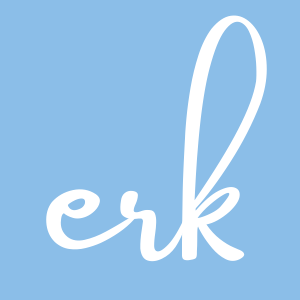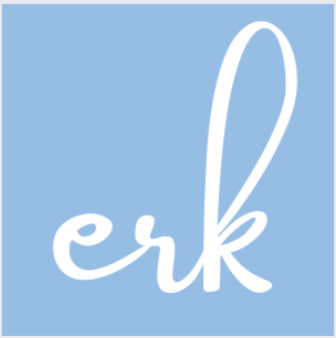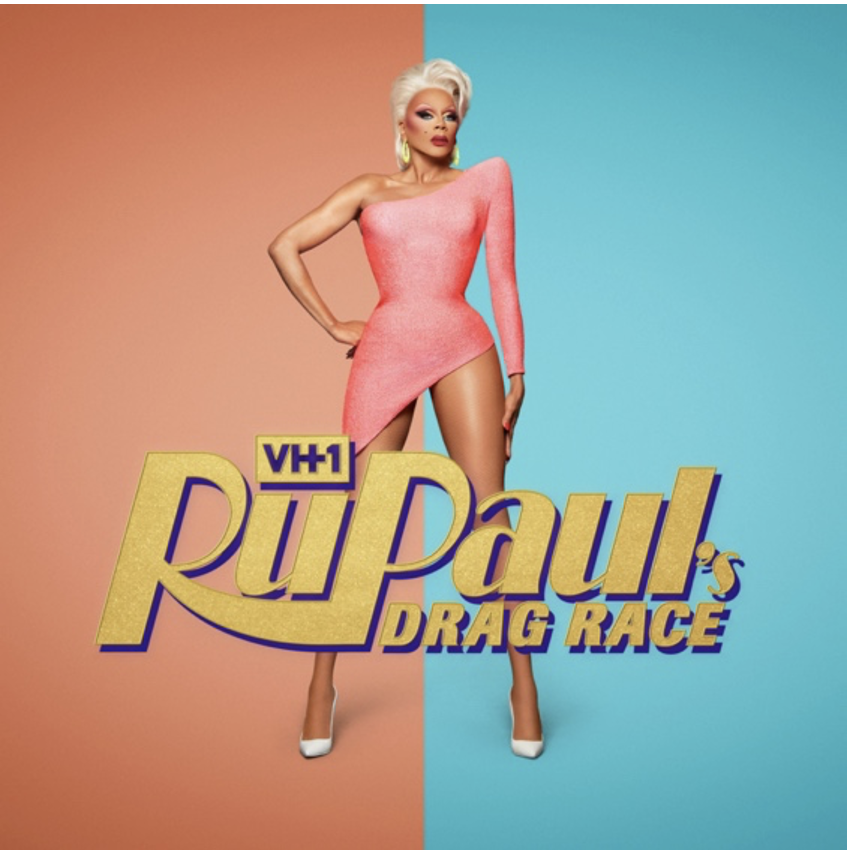The Contradiction of Queer Television: How RuPaul’s Drag Race Does Queer Representation Right and Wrong
by Isaac Saegesser
Freshman, Marking Major
RuPaul’s Drag Race is in concept, an amazing platform for both queer artists to be represented, but also a medium for much needed queer role models. When compared to twenty years ago, the amount of representation through Drag Race alone is unbelievable; the fact that hundreds of drag artists around the world can display their art and talent is significant progress for the LGBTQ+ community. But what happens when you mix this brilliant celebration of drag art with the cutthroat and sensationalized ways of American reality television?
The “villain edit” is a phrase that will raise the ears of any die-hard Drag Race fan, or any reality TV fan in general. The “villain edit” is a common practice within reality television production, because at the end of the day, producers are creating a storyline using the experiences of contestants. Every good story has a hero and a villain. In other reality shows like Survivor or Big Brother, contestants are set up by the editors as people you can root for, or root against. While this concept of story building isn’t inherently wrong, it comes with a lot of discrepancies and easy to cross lines.
Many minority queens, whether plus size queens or queens of color, are unfairly and consistently targeted by the villain edit. The villain edit has also impacted the show’s quality, and impacted contestants directly throughout the show’s run.
This villainous representation of queens in Drag Race has been around since the show’s premiere in February of 2009. You can see even in the early seasons that some queens, like Phi Phi O’Hara from Season 4, were treated unfairly by producers throughout the episodes to create story lines and build plot points. The issue with this is that the way the editors portray queens can have a serious impact on their reputation and career outside the show.
For example, after Season 4 aired, many people would boo Phi Phi at her shows, or not buy tickets at all (You can read more about Phi Phi’s story here) On the other hand, queens like Trixie Mattel, who is one of the most famous drag queens, got her career boost from a very favorable hero edit on Drag Race.
This allowed her to book larger gigs, develop her brand, and expand her fanbase.
While the editors on shows like Survivor and Big Brother can also villainize contestants, Drag Race is different because the contestants are showing off their livelihood and their art; not simply playing a game show.
If disrupting and ruining the careers of queens through the edit of Drag Race wasn’t enough, there is also more discrepancy with the trends of who receives the villain edit and who receives a hero edit within the seasons. Throughout the history of the show, the contestants who tend to be edited poorly have also been consistently minority queens; whether that means they are a person of color or they are plus size.
Plus size contestants like Ginger Minj and Eureka O’Hara have tended to be edited as loud, obnoxious, and are typically objectified by the judges for their weight. Queens of color, like The Vixen, or are often objectified by the edit and are portrayed as aggressive, problem-starting, and hostile when discussing important topics like race, identity, intersectional drag, and bias (you can see an example of this here). Queens that are both plus size and a person of color have it the hardest, as the producers can “play” off both of those traits. The cherry on top of this discrimination within the edit is that when there is a minority queen as a villain, there is a good chance the queen on the other side of the conflict is a skinny, white, and conventionally attractive drag queen that is portrayed as an angel by the producers.
The conundrum with Drag Race is that it is undeniably the largest and most expansive queer platform on mainstream television right now. RuPaul and other executives working on the show have a responsibility to make use of this platform and to positively display queer art to the world; not turn it into a drag queen spin-off of Bad Girls Club. Many young queer individuals view Drag Race as a beacon of hope, and a show they can see themselves in. The negative portrayals of drag queens sets back the progress the show has made; what should be a celebration of drag queens turns into a hypocritical mockery of their art. Being inclusive to many different identities, and representing them with positivity, love, and respect is what the queer community needs. Turning serious discussions of identity, race, sexuality, and other issues that could be helpful for viewers into sensationalized scenes of drama is not acceptable, and RuPaul’s Drag Race should be held accountable for this.
On the bright side, however, Drag Race’s last two seasons have seen a great improvement in editing and portrayal of queens. The villain edit is almost unidentifiable, as every queen has their ups and downs. Queens like Silky Nutmeg Ganache, a plus size and POC queen who was portrayed negatively on her original season, were given a second chance to show off their talents in an accepting and humanizing way.
The show has also cast more BIPOC queens to celebrate and give platform to their art. Conversations about gender, sexuality, and race are also given serious attention, rather than being seguways for drama and shade. Ultimately, the producers have realized that queer fans want to look up to these inspirational artists, not make fun of them.





